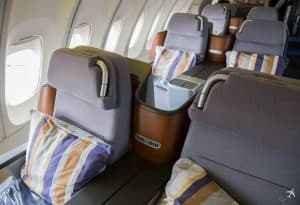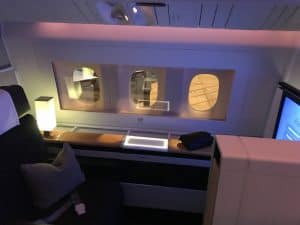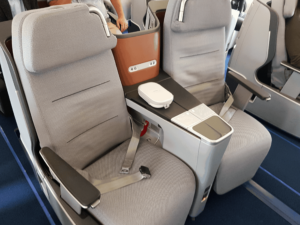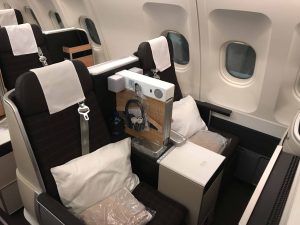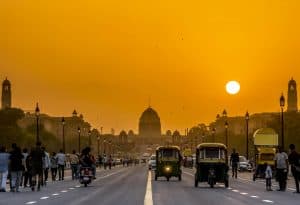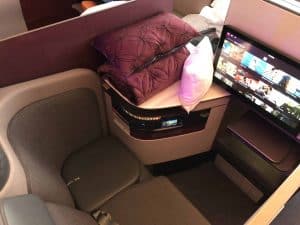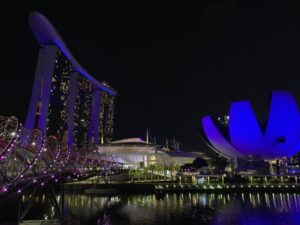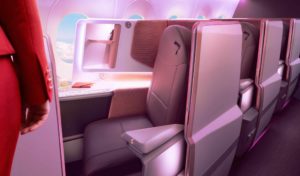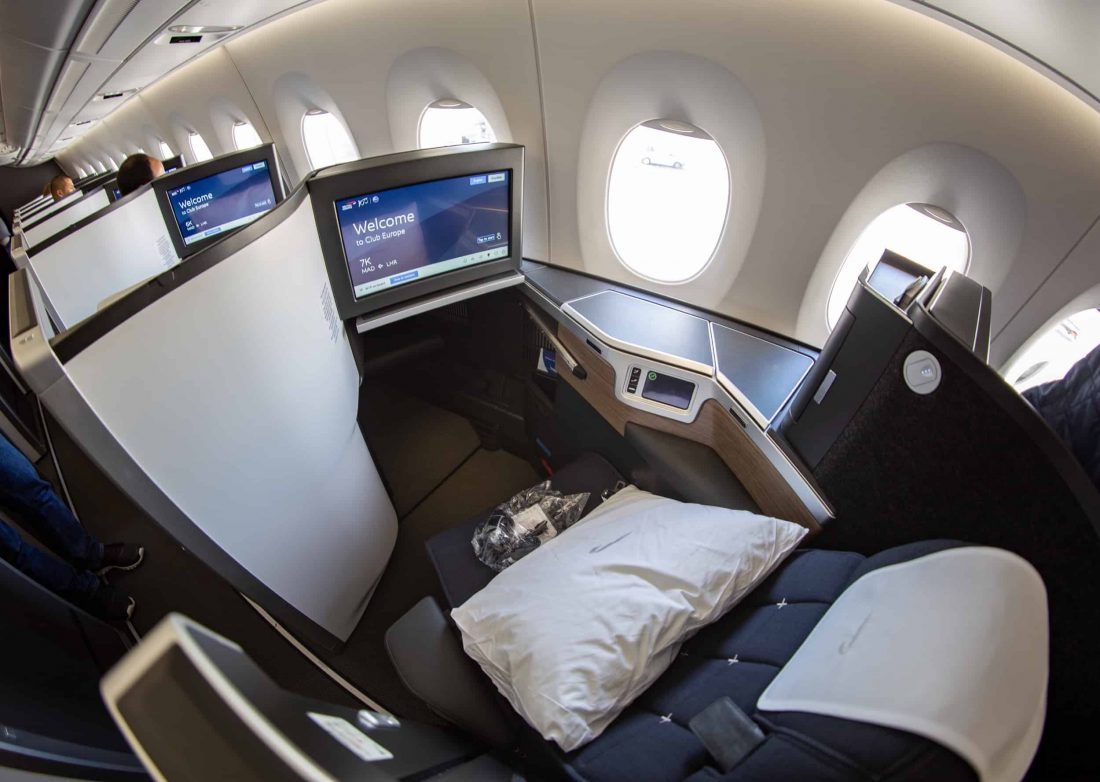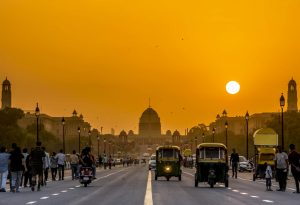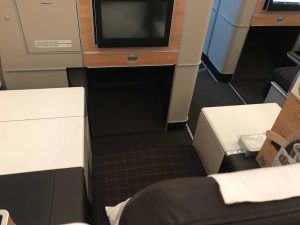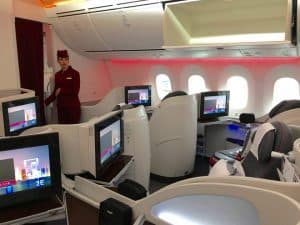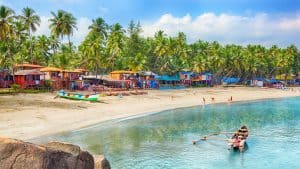India is a large and diverse country with major tourist sights like the Taj Mahal in Agra, the forts and palaces of Rajasthan, the backwaters of Kerala, and spiritual cities like Varanasi and Rishikesh. The currency used is the Indian Rupee (INR). Prices vary widely—budget travel is possible, but mid-range and luxury options are also common, especially in tourist-heavy areas. Weather depends heavily on region and season: winters (Nov–Feb) are generally pleasant, while summers (Mar–June) can be extremely hot, and the monsoon (June–Sept) brings heavy rainfall in many parts.
India’s transport infrastructure is a mix of modern and outdated systems. Within cities, getting around can be chaotic but manageable—options include auto-rickshaws, taxis, metro systems in larger cities like Delhi and Mumbai, and app-based services like Uber and Ola. Between cities, India has an extensive railway network that’s affordable but often crowded and prone to delays; domestic flights are common and relatively inexpensive for longer distances. Roads connect most places, but traffic and conditions can be unpredictable.
We’ve compared various eSIM providers, such as eSIM4Travel and SimOptions. To see which plan is best for your travel needs and which network offers the best coverage, feel free to read our detailed guide:
